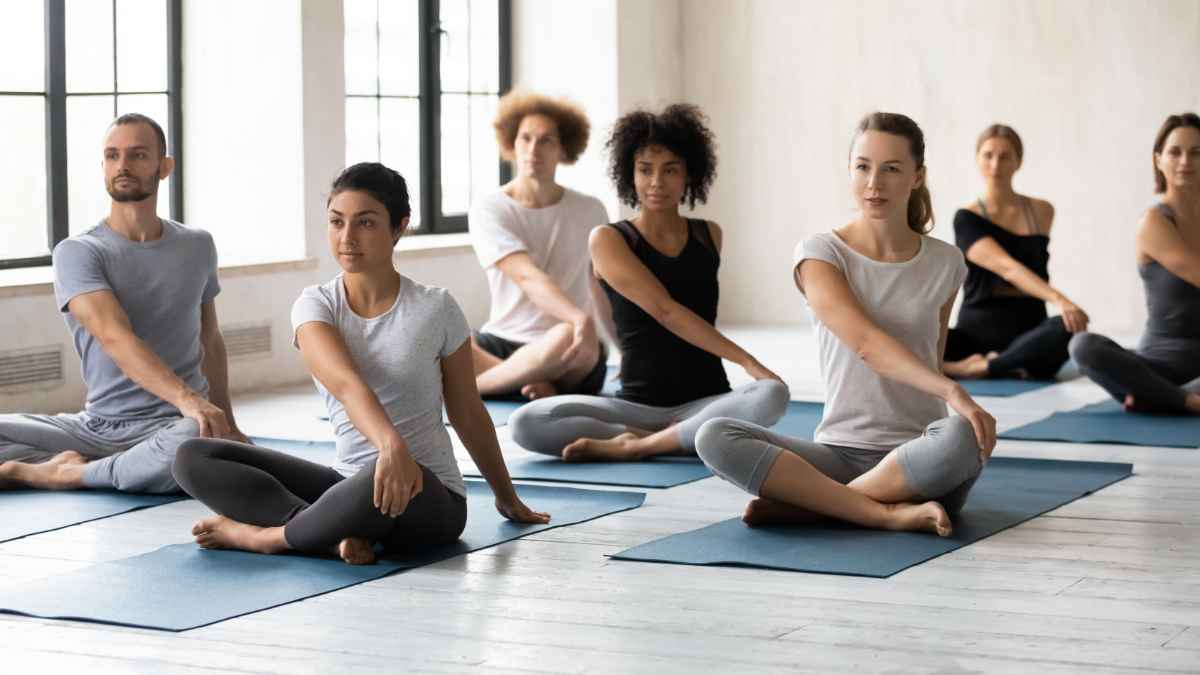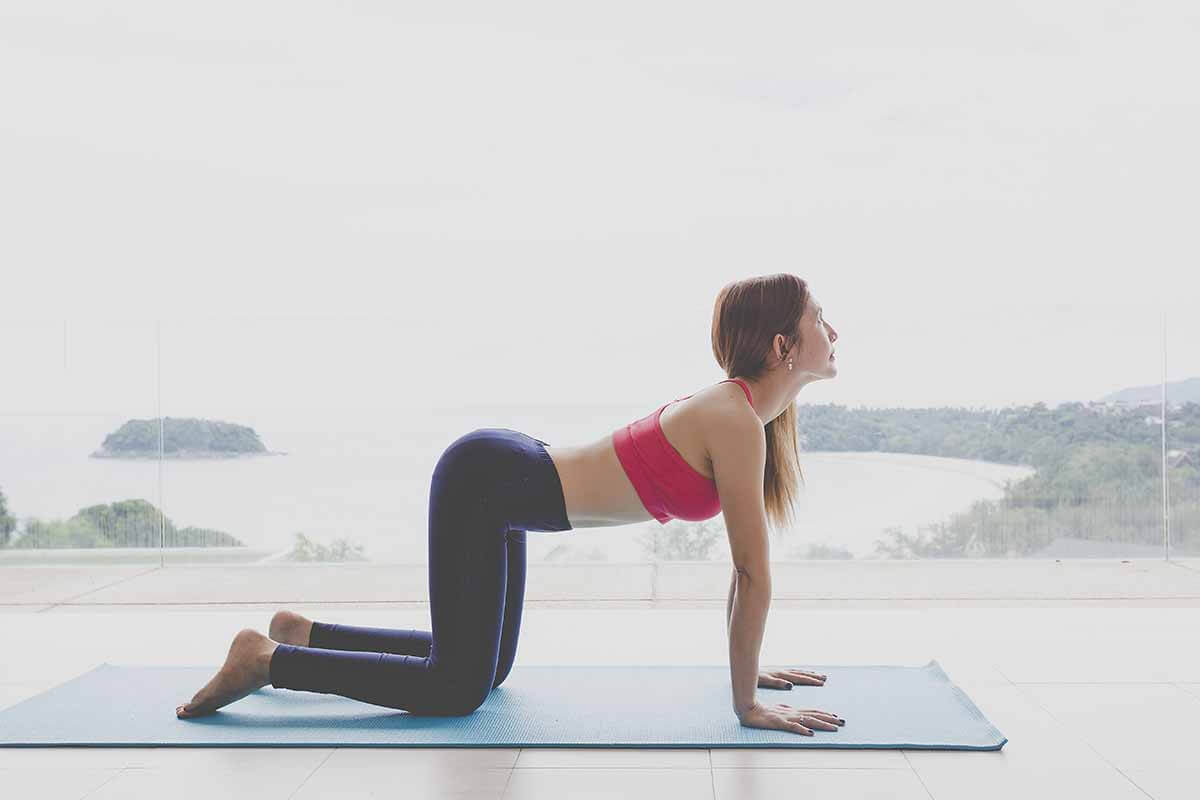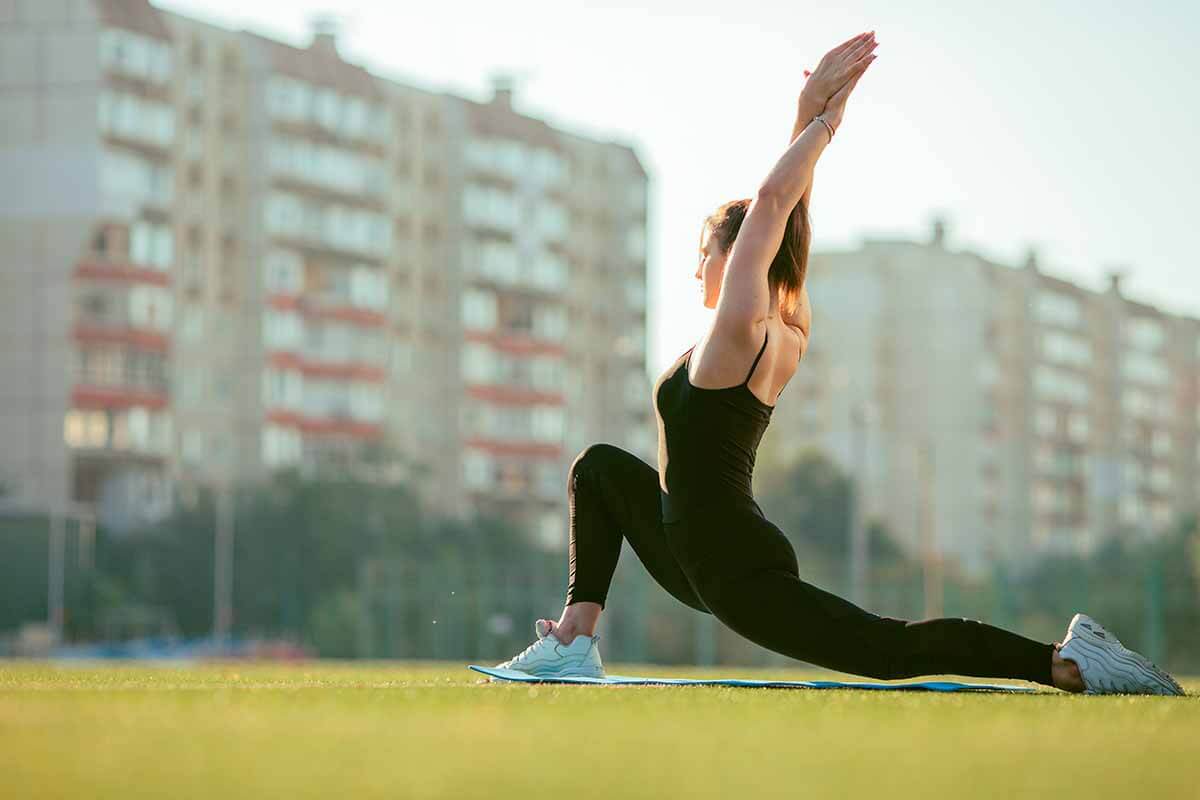
ith there being so many different aspects of yoga to learn, you might be wondering where to begin. The Boat Pose is a great movement and exercise to practice because it is so beneficial on so many levels. No matter if you are just starting out in yoga or have been doing it for years, the boat pose is something that you will want to learn to master moving forward.
The boat post is known by most yoga practitioners. This pose is utilized in many yoga sessions around the world because it is designed to strengthen the core and work out the abdominal muscles. Even individuals who do not typically do yoga will find the boat pose beneficial on so many levels.
As with any movement in yoga, it is important to know how to perform the boat pose correctly. Doing so will bring your body maximum benefit and relief. Continue reading to learn more about this pose and the many benefits that it can bring you as you begin to put it into your own yoga practice.
Article Topics
What is a Boat Pose in Yoga?
The full-boat pose in yoga resembles an upside-down capital A when you are in the seated position. It has your legs and arms extended so that your core can be strengthened, and it helps you to become more coordinated over time. This is a part of yoga that assists with balance as well.
What is the Sanskrit for Boat Pose?
Understanding the Sanskrit terms for poses is part of the overall discipline involved in yoga. The term for the Boat Pose in yoga is paripurna Nava asana.
- Paripurna means full
- Nava is Sanskrit for boat
- Asana means posture
This gives us the English phrase of the full-boat pose, which requires a seated position with arms and legs extended to look like a reverse capital A.
What is Boat Pose Good For?
The Boat Pose in Yoga is good for many things.
- To begin with, it encourages individuals to strengthen their core muscles
- At the same time, it helps with issues involving balance and coordination
People who regularly hold the Boat Pose also report that it helps with digestion as well.

What are the Steps to Get Into Boat Pose?
While the Boat Pose is very popular, it is not easy to perfect at first. It requires a series of steps that can be difficult for those who are just starting out in yoga. There are four main steps involved if you want to get into a proper Full-Boat Pose.
- Sit on the floor: The best starting position for the Boat Pose is to sit squarely on your yoga mat. Make sure that your knees are properly bent and that your feet remain flat on the mat or floor.
- Lift yourself and find balance: To begin, you will slowly lean back. As you do, you will want to roll your lower back ever so slightly. When you do this, your tailbone will end up tucking itself underneath you without actually touching the ground. This will give you the leverage that you need to then lift your legs up off the mat. At the same time, your buttocks will tighten to help stabilize and balance your body. If needed, you can also put your hands just outside of your knees in order to provide the necessary balance.
- Make sure you stretch and lengthen your body: This step is perhaps the most difficult. While you are properly balanced, you will want to put your legs straight out in front of you while raising them in the air as your spine straightens out. Your sternum should look like it is reaching towards the ceiling. At this time, your body should resemble a V-shape that is at a 45-degree angle. Make sure that your shoulders are spread wide and that your hands are outside your knees. This means that your arms should remain parallel to the floor as you perform this part of the pose.
- Hold the pose before releasing it: Once you have achieved the proper Boat Pose, you will want to hold it for just a bit. Remember to focus on your breathing and keep it steady. To help with this, focus on your big toes. You want to work up to the point where you can hold this pose for one minute before releasing it.
Helpful Tips For Learning the Full-Boat Pose
In order to effectively follow the steps for the Boat Pose outlined above, you should try to incorporate the following concepts:
- Take it slow: This is not a pose that you should jump right into the first time. The V-shape foundation for the Boat Pose is quite difficult for beginners to achieve. You will want to ease into this pose by starting with your palms flat on the ground behind your body. As you do this, your fingers should be pointed such that they are facing your hips. Make sure that you remember to slightly bend your knees. Another tip is to keep your feet flat on the mat like you are doing a sit-up. When you do this, you will practice straightening your back to the point that your abdominal muscles can be properly engaged.
- Incorporate the use of a block: If you have never tried using a yoga block, this is the perfect opportunity to give it a try. Such a block is helpful at putting your thigh muscles to work. You will put the black between your inner thighs and hold it there for the duration of the stretch. This is a prop that provides your body with the help that it needs to memorize the Boat Pose and the position that you are trying to hold.
- Develop a focal point: Many people who struggle with holding the Boat Pose do so because they are focusing on the wrong aspect of the pose itself. You do not want to focus on the raising of your legs or arms. This will only make the pose more difficult to achieve. What you want to do is focus your attention on the floor. Do not think about the stretching aspect at all. As you do this, focus on your breathing and let the rest of the pose take care of itself.
If you follow these steps, you will be able to effectively perform the Boat Pose for Yoga. If you continue with this practice, you will begin to notice a variety of benefits that come to you as a result.
This Pose Isn’t For Everyone
Not everyone should try to do the Boat Pose. Some may find that the Boat Pose creates some problems. For example, you should refrain from doing the boat pose if you:
- Currently have pain in your neck
- Have been diagnosed with low blood pressure
- Have asthma
- Experience chronic headaches
What is the Variation of the Boat Pose in Yoga?
If you find that the original form of the Boat Pose is a bit too challenging, or perhaps you have grown tired of it, one variation is to move from the Boat Pose to a Straddle Pulse position. You start in the Boat Pose and lower yourself down, so your chest and legs are hovering just off the floor.
Another variation of the Boat Pose involves doing twisted boat crunches.
- You will start like you are doing a Boat Pose, but then you will roll over on your right hip.
- When you do so, your knees should go to the right.
- You will reach your arms to the left and make sure that your legs and chest are just off the mat.
- You can then do a crunch back to the Boat Pose position.
You can also do some boat twists while holding onto a yoga block. To do this:
- Take the block in your hands and then get into the boat pose position.
- Your legs can either be bent or straight at this point.
- Lean back slightly, so your heart elevates, and you feel your core strengthen.
- Now, twist from side to side, with the block barely touching the ground each time.
3 Benefits of Boat Pose in Yoga
Just as with just about any aspect of yoga, the Boat Pose has quite a few benefits. The extent to which each of these benefits will apply to you depends on your physical health and condition, but they are nonetheless advantages that are available to anyone who performs the Boat Pose correctly. Three of the more notable benefits are described below.
The Boat Pose Aids in Digestion
During the Boat Pose, the diaphragm becomes elevated. This is done so that air can flow more freely through the abdomen. As this happens, the internal organs benefit by being stimulated in ways that they normally are not used.
Because of this airflow, many individuals will find that pressure on the liver and stomach is relieved. This reduced pressure can aid in digestion.
The Boat Pose Strengthens the Body’s Core
When performed correctly, the Boat Pose results in your chest opening up and the muscles in your core getting a solid workout. This effectively strengthens the hip and adductor muscles as well. These are the muscles that give you a strong ab and firmer midsection.
Everyone can benefit in this way when regularly performing the Boat Pose.
The Boat Pose Effectively Stretches Out the Hamstrings
As you age, it becomes easier to injure your hamstrings. You do not have to be an athlete for this to occur. That is why it is important to regularly engage in exercises that stretch out the hamstring, and the Boat Pose does precisely that. It can alleviate the tightness that you feel in that muscle.
Tight hamstrings lead to injuries, so performing the Boat Pose can help minimize that risk.
Final Thoughts on Boat Pose in Yoga
When you are doing the Boat Pose, it is important to practice the proper form and technique from the very first attempt. This is how you can stay healthy while doing yoga. If you do this effectively, you will reap many benefits, and your body will be to react positively as a result.
Keep in mind that certain health conditions will keep you from performing the Boat Pose. If you are worried about performing this pose without doing your body further harm, you will want to talk to your doctor before you start trying to do this movement in yoga.
Remember that there are plenty of other great aspects of yoga that you can take part in.
Conclusion
Now that you know more about the Boat Pose, it is time to consider implementing it into your own practice. Remember to perform the steps correctly in order to get the maximum benefit. There are also different variations that you can try as time goes on. The key is to add different poses to your workout so that you begin to experience yoga in a new and fresh way.



